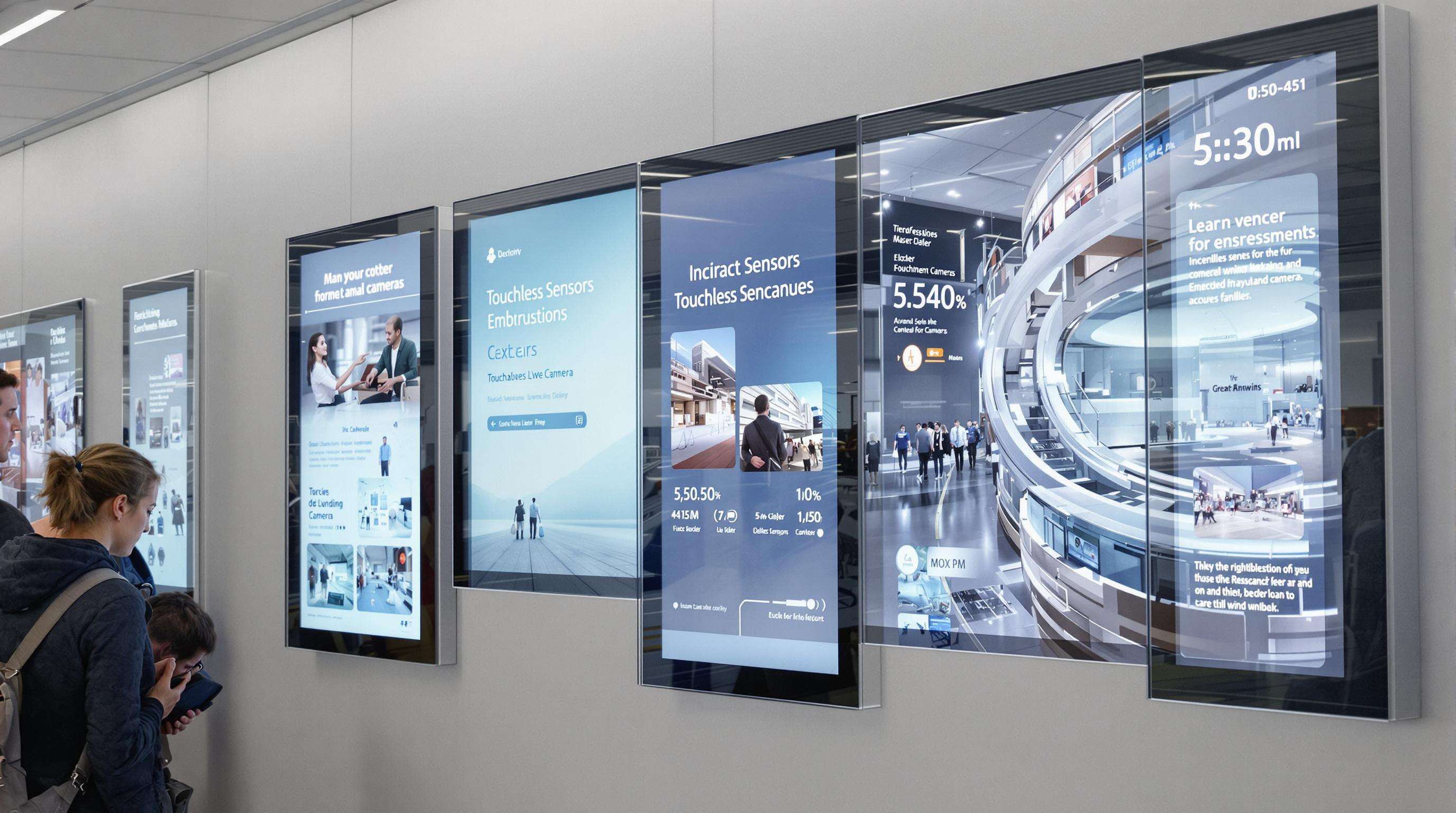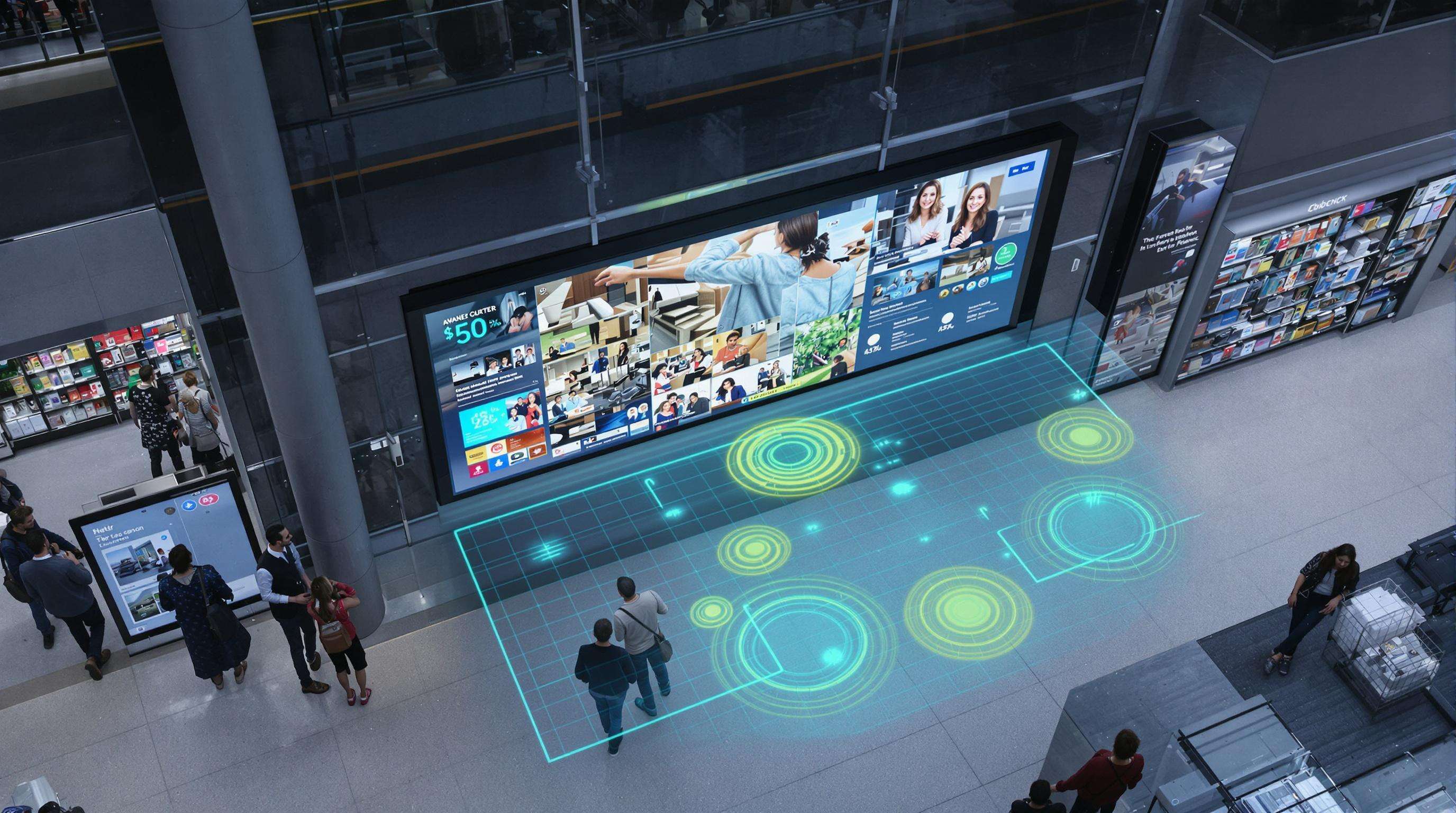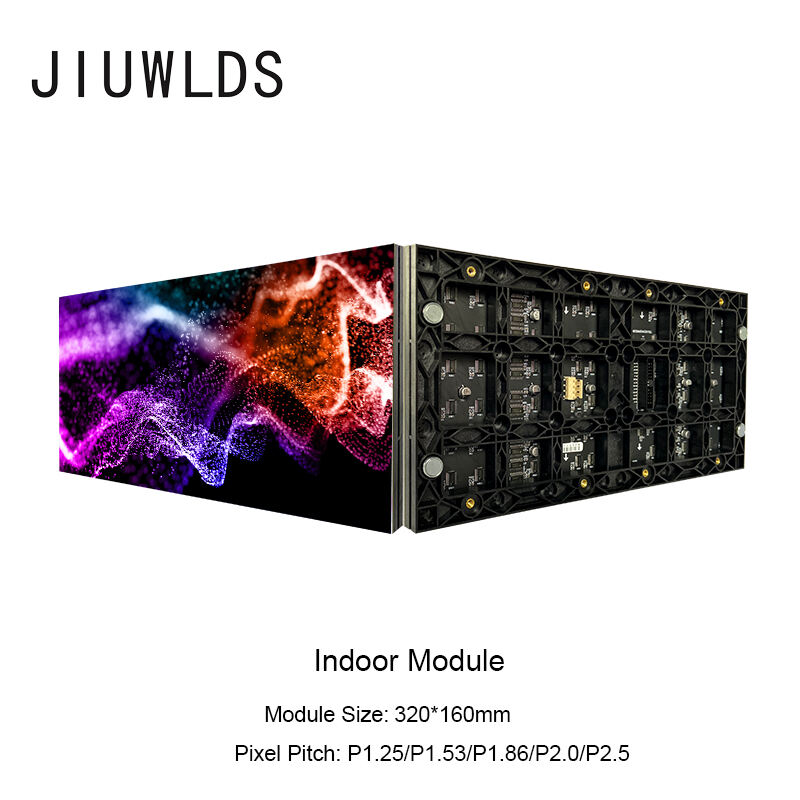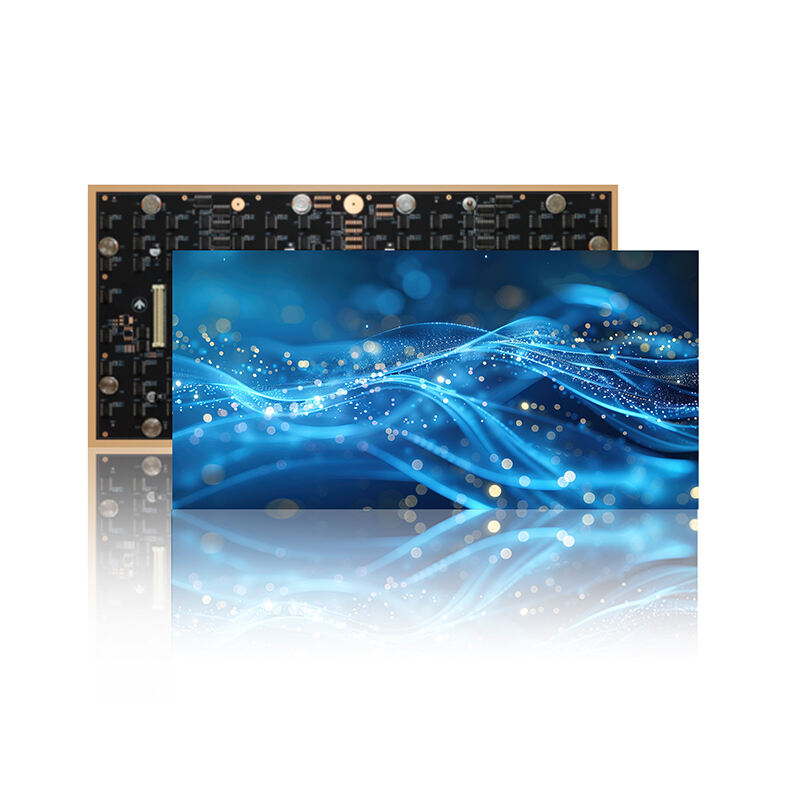Digital Signage: Interactive Experiences for Customers
The Evolution of Digital Signage in Customer Engagement
Digital signage has evolved from static billboards to sophisticated engagement platforms that create personalized, two-way dialogues using real-time analytics. Businesses now recognize that passive advertisements no longer capture attention in crowded environments. Modern solutions adapt content dynamically based on consumer behavior, driving deeper connections through interactive touchpoints.
Key technological advancements have accelerated this shift:
- Cloud computing enables instant content updates across global networks
- Sensor integration allows displays to react to audience proximity (e.g., showcasing umbrellas on rainy days or adjusting menus during peak hours)
The impact is measurable—brands using interactive displays report 35% higher recall rates than static alternatives. Engagement metrics now focus on tangible actions like QR code scans, gesture interactions, and dwell time, reflecting consumers' preference for immersive experiences over passive consumption.
Looking ahead, AI-driven predictive personalization will analyze facial expressions (while preserving anonymity) and demographic data to tailor content before viewers approach screens. This positions digital signage as a bridge between physical and digital consumer journeys, redefining brand-customer relationships through contextual relevance.
Core Technologies Powering Interactive Digital Signage

Modern systems integrate three key technologies to transform passive viewing into active engagement:
Touchless Interaction: Sensors and Camera Integration
Infrared sensors and 3D cameras enable gesture-based control, ideal for hygiene-sensitive environments like hospitals. Advanced setups combine thermal sensors for demographic insights with depth-sensing cameras to optimize content visibility and interaction zones.
AI-Powered Analytics for Personalized Content
Machine learning processes real-time data—from anonymized facial detection to environmental factors—to dynamically customize content. Analytics identify peak engagement patterns, demographics, and preferences, enabling automatic adjustments based on triggers like weather or dwell time.
Gesture Control Systems
Depth-sensing cameras interpret deliberate body movements as commands, eliminating touch barriers. Retail applications enable virtual product rotation via hand gestures, while museums use pinch motions for artifact zooming, creating immersive, interface-free interactions.
Industry-Specific Use Cases
Retail: AR-Powered Virtual Try-Ons
Augmented reality mirrors let customers visualize apparel without contact, boosting conversions by 30% and reducing returns. Real-time feedback refines recommendations, personalizing shopping journeys.
Healthcare: Wayfinding and Patient Education
Touchless kiosks simplify hospital wayfinding, while interactive displays improve patient comprehension by 42%. Real-time updates redirect visitors during emergencies, optimizing staff workflows.
Education: Campus Navigation
Universities use mobile-integrated signage for real-time wayfinding, reducing orientation time by 60%. Occupancy sensors manage crowd flow, while digital directories highlight campus resources.
QSR: Dynamic Menu Boards
Cloud-connected displays adjust promotions based on traffic and inventory, increasing upsell conversions by 27%. Automated updates reflect pricing and nutritional info across locations.
Measuring Success: Key Metrics

Dwell Time vs. Conversion Rate
While longer engagement may indicate interest, conversion rates (e.g., QR scans or purchases) matter more. Retailers prioritizing promotional clarity over aesthetics see 28% higher conversions despite 15% shorter dwell times.
Personalization Effectiveness
Heatmap analytics reveal engagement patterns, allowing businesses to reposition dynamic CTAs in high-visibility zones—boosting click-through rates by 35%.
Emerging Trends
Multi-Sensory Immersion
Next-gen signage engages multiple senses:
- Scent-dispensing systems and haptic feedback enhance virtual try-ons
- Gesture navigation with audio cues cuts menu search time by 57%
- Ambient lighting and audio adjust dynamically to crowd density
Implementation Strategies for ROI
Content Refresh Cycles
- Weekly updates drive 33% higher conversions
- Integrate inventory APIs to auto-display available products (reducing errors by 90%)
- Use a 70/30 rule: 70% evergreen content, 30% timely promotions
Maintenance Protocols
- Proactive remote monitoring prevents 80% of failures
- Redundant playback systems ensure uninterrupted operation
- Schedule firmware updates during off-peak hours
- Partner with local technicians for £2-hour onsite resolution in critical environments
Thermal sensors and self-healing software maintain performance in extreme conditions while cutting energy costs by 17%, ensuring sustained performance.
FAQ Section
What is the primary advantage of using interactive digital signage?
Interactive digital signage allows businesses to engage consumers in a more personalized and immersive way, leading to higher recall rates and deeper connections through real-time analytics and content adaptation.
How does AI enhance digital signage?
AI-driven personalization analyzes facial expressions and demographic data to tailor content, making interactions more relevant and enhancing consumer engagement.
Why is touchless interaction important in public spaces?
Touchless interaction is vital, especially in hygiene-sensitive environments like hospitals, as it enables gesture-based control without physical contact, ensuring cleanliness and safety.
How do businesses measure the success of digital signage?
Success is measured through metrics like dwell time, conversion rates, and engagement patterns via heatmap analytics that help optimize content placement and effectiveness.
What strategies improve ROI for digital signage?
Strategies like content refresh cycles, proactive maintenance protocols, and use of inventory APIs enhance digital signage ROI by maximizing conversions and reducing operational disruptions.







 Hot News
Hot News